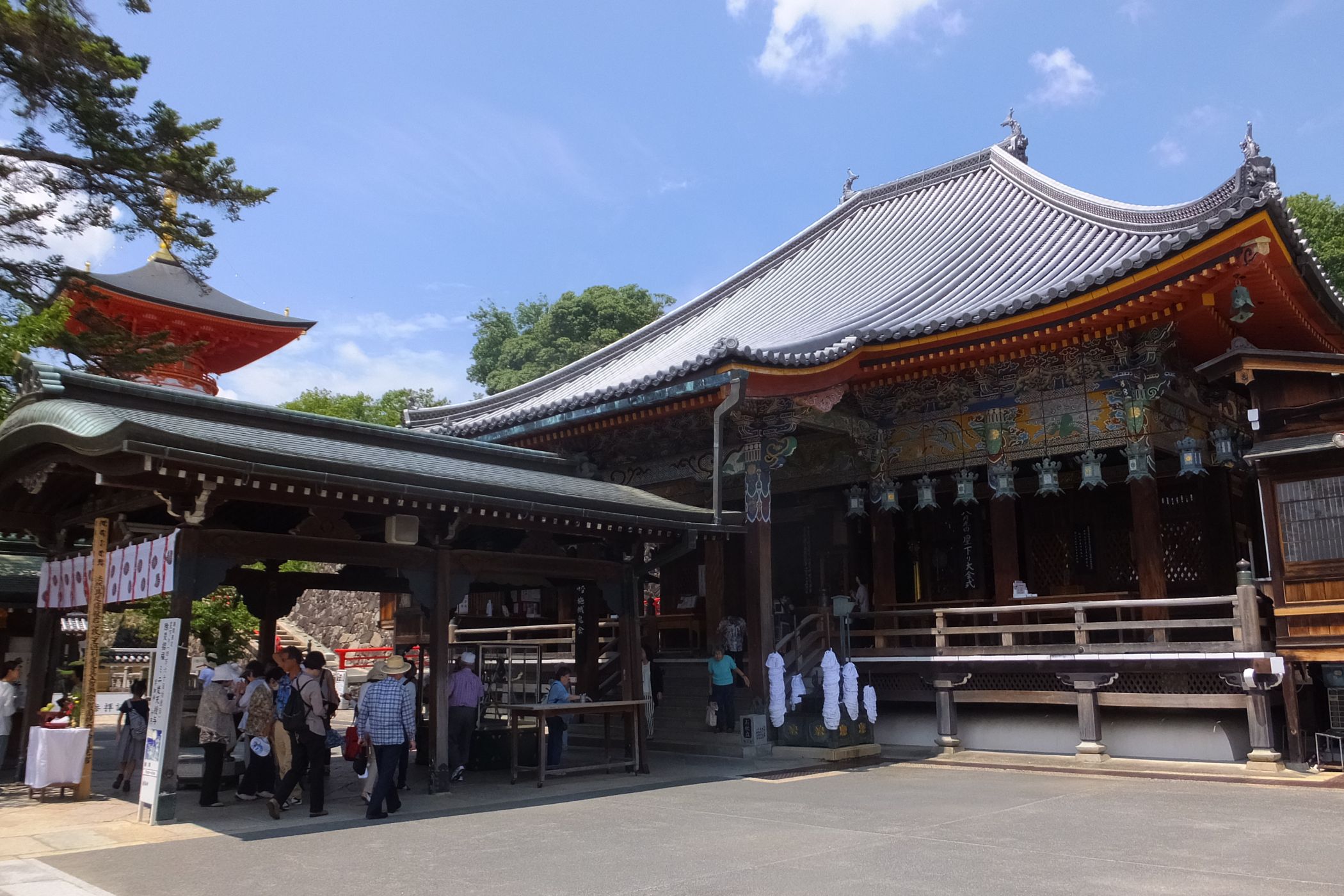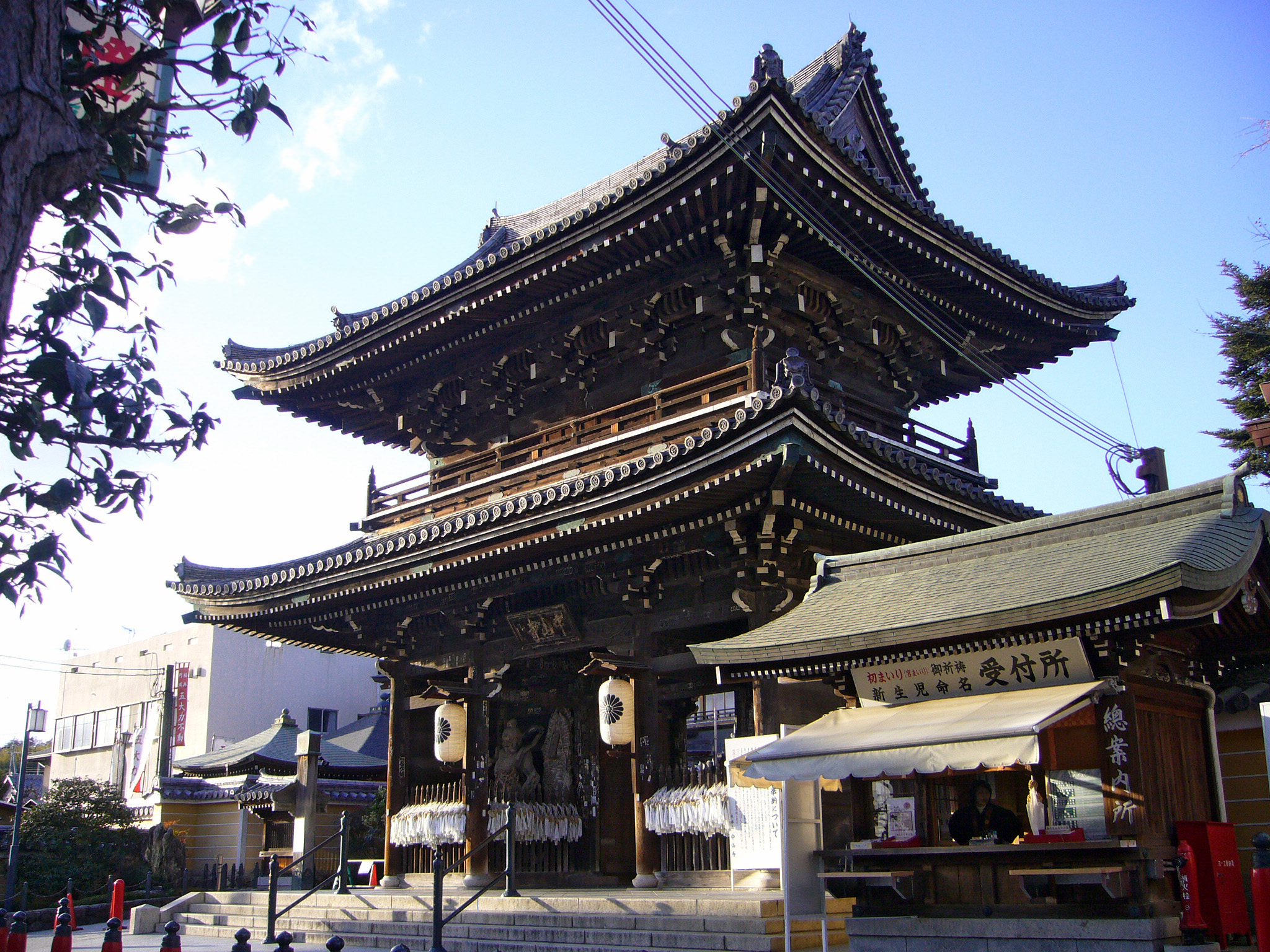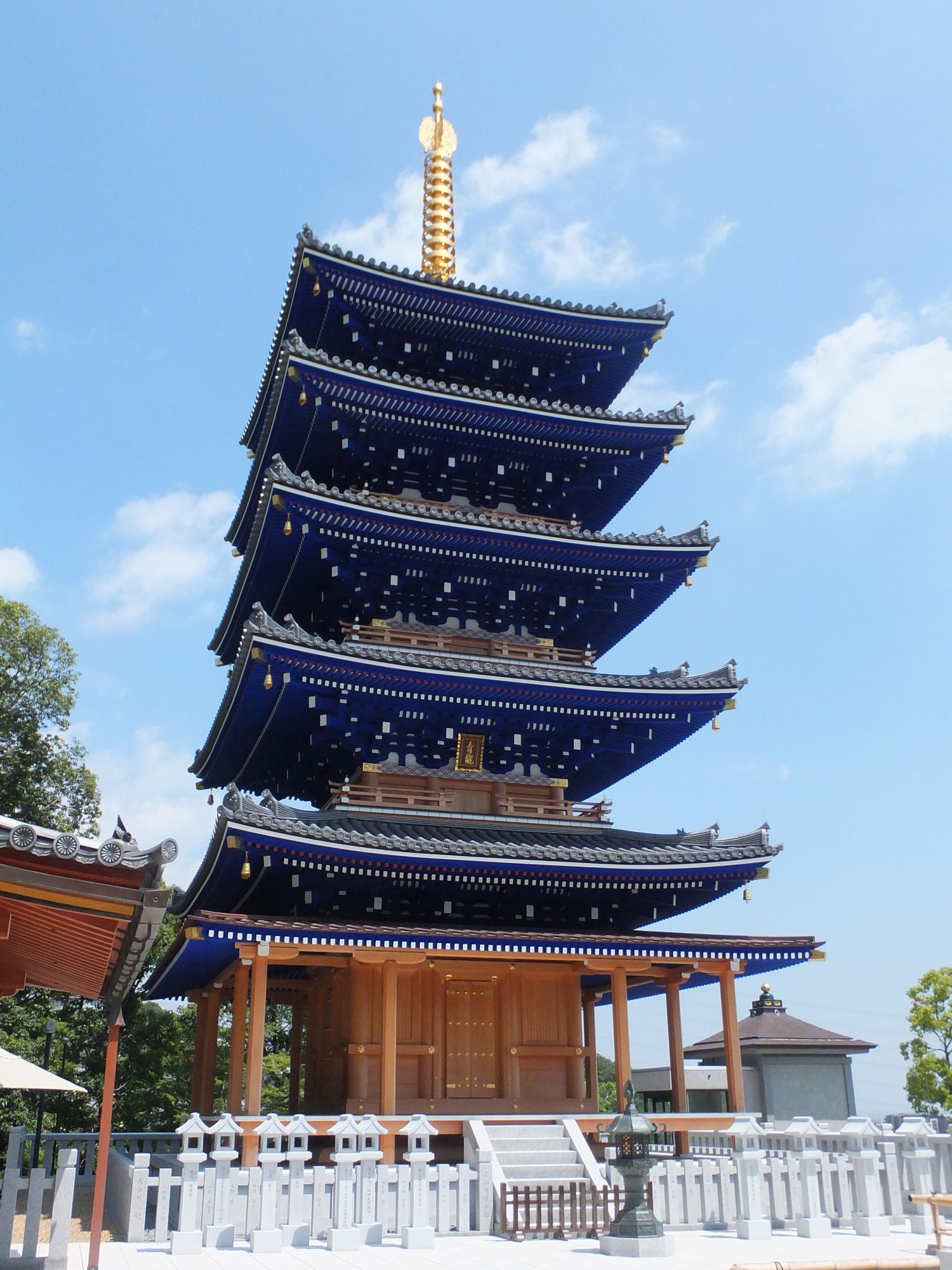Nakayama-dera on:
[Wikipedia]
[Google]
[Amazon]


 Nakayama-dera (中山寺 ''Nakayama-dera'') is a
Nakayama-dera (中山寺 ''Nakayama-dera'') is a
Nakayama-dera
kinki36fudo
{{DEFAULTSORT:Nakayama-Dera Buddhist temples in Hyōgo Prefecture Temples of Avalokiteśvara Hyogo Prefecture designated tangible cultural property


 Nakayama-dera (中山寺 ''Nakayama-dera'') is a
Nakayama-dera (中山寺 ''Nakayama-dera'') is a Buddhist temple
A Buddhist temple or Buddhist monastery is the place of worship for Buddhists, the followers of Buddhism. They include the structures called vihara, chaitya, stupa, wat and pagoda in different regions and languages. Temples in Buddhism represen ...
in Takarazuka, Hyōgo, Japan
Japan ( ja, 日本, or , and formally , ''Nihonkoku'') is an island country in East Asia. It is situated in the northwest Pacific Ocean, and is bordered on the west by the Sea of Japan, while extending from the Sea of Okhotsk in the north ...
established in the 6th century. It is the 24th temple in the Saigoku Kannon Pilgrimage
The is a pilgrimage of thirty-three Buddhist temples throughout the Kansai region of Japan, similar to the Shikoku Pilgrimage. In addition to the official thirty-three temples, there are an additional three known as . The principal image in each ...
. It is one of the most popular temples in the region.
History
The ''engi'', or the official history of the temple, recorded that the temple was founded byPrince Shotoku
A prince is a male ruler (ranked below a king, grand prince, and grand duke) or a male member of a monarch's or former monarch's family. ''Prince'' is also a title of nobility (often highest), often hereditary, in some European states. The ...
, in the 6th century.
Present-day buildings of this temple were mainly built by Toyotomi Hideyori
was the son and designated successor of Toyotomi Hideyoshi, the general who first united all of Japan. His mother, Yodo-dono, was the niece of Oda Nobunaga.
Early life
Born in 1593, he was Hideyoshi's second son. The birth of Hideyori cre ...
in the 17th century. Hideyori was a son of Toyotomi Hideyoshi
, otherwise known as and , was a Japanese samurai and ''daimyō'' (feudal lord) of the late Sengoku period regarded as the second "Great Unifier" of Japan.Richard Holmes, The World Atlas of Warfare: Military Innovations that Changed the Cour ...
who unified Japan in the 16th century.
Objects of worship
The principal object of worship (''shintai'') at the temple is a Jūichimen Kannon, or the Goddess of Mercy with eleven heads. It is believed the Kannon has the power to give babies and an easy delivery.Access
The railway stations near the entrance of the temple areNakayama-kannon Station
is a passenger railway station located in the city of Takarazuka Hyōgo Prefecture, Japan. It is operated by the private transportation company Hankyu Railway.
Lines
Nakayama-kannon Station is served by the Hankyu Takarazuka Line, and is ...
on the Hankyu Railway
, trading as , is a Japanese private railway company that provides commuter and interurban service to the northern Kansai region and is one of the flagship properties of Hankyu Hanshin Holdings Inc., in turn part of the Hankyu Hanshin Toho Group ...
Takarazuka Line and Nakayamadera Station
is a passenger railway station located in the city of Takarazuka, Hyōgo Prefecture, Japan. It is operated by the West Japan Railway Company (JR West).
Lines
Nakayamadera Station is served by the Fukuchiyama Line (JR Takarazuka Line), and ...
on the JR West
, also referred to as , is one of the Japan Railways Group (JR Group) companies and operates in western Honshu. It has its headquarters in Kita-ku, Osaka. It is listed in the Tokyo Stock Exchange, is a constituent of the TOPIX Large70 index, and ...
Fukuchiyama Line (JR Takarazuka Line).
See also
*Historical Sites of Prince Shōtoku The Historical Sites of Prince Shōtoku (聖徳太子御遺跡霊場, ''Shōtoku taishi goiseki reijō'') are a group of 28 Buddhist temples in Japan related to the life of Prince Shōtoku
, also known as or , was a semi-legendary regent and a ...
External links
Nakayama-dera
kinki36fudo
{{DEFAULTSORT:Nakayama-Dera Buddhist temples in Hyōgo Prefecture Temples of Avalokiteśvara Hyogo Prefecture designated tangible cultural property